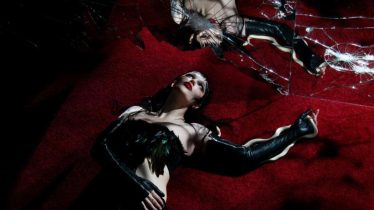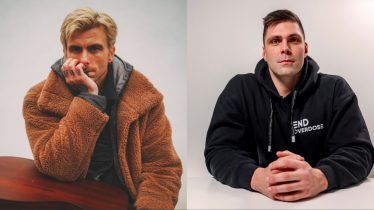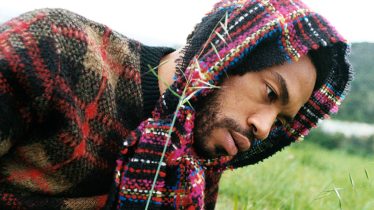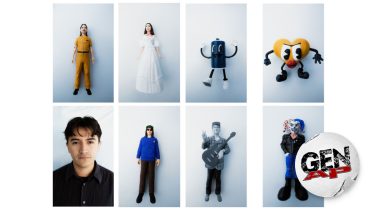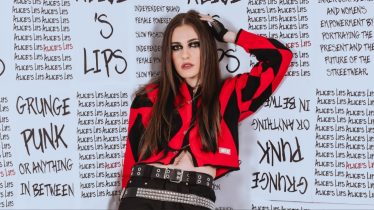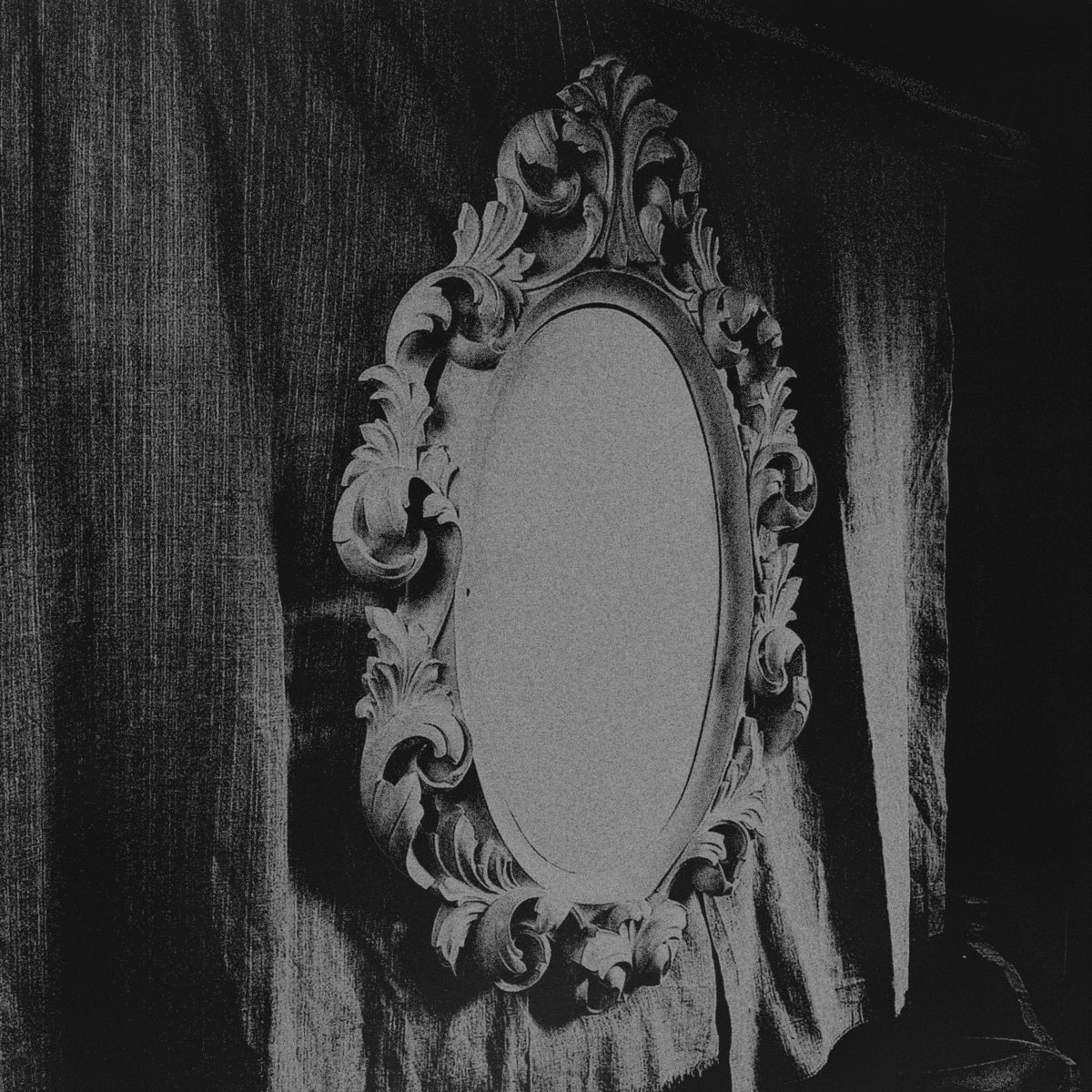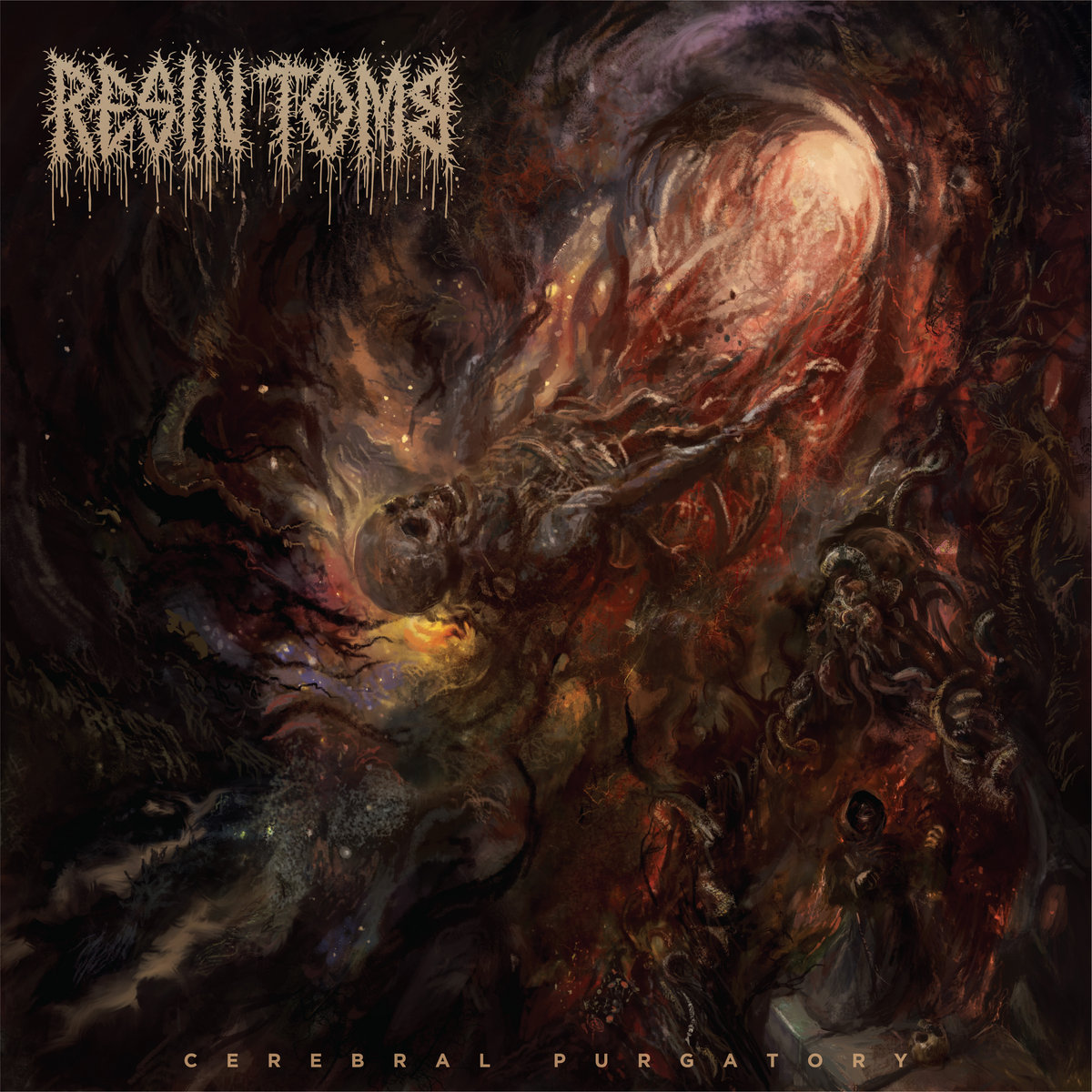
Meet Azadi Sedaa, the collective providing the healing frequency of music for Iranians around the world
Welcome to Scene Report where we highlight significant, underground scenes and subcultures across the globe.
Dancing is a powerful thing. It can tell stories, mark heritage, and connect communities. It becomes even more potent when you’re not only moving for yourself, but for countless others that are currently banned from doing so. For patrons of Azadi Sedaa’s events, who glided onto the dance floor of East London’s club Rich Mix earlier this year, each step was imbued with this sense of resistance.
Azadi Sedaa, or voice of freedom, is an autonomous and anonymous international collective focused on uniting Iranians around the world through music and other creative outlets. Birthed after the first wave of executions and their ensuing protests in Iran, Azadi Sedaa paved the way for “softer” voices, including women and members of the LGBTQ+ community, to take to the mic in solidarity. As one member describes, the collective is for “anyone who isn’t a 60-year-old male, filled with the same gripes they’ve had for decades, obsessed with shouting in order to take up all the attention.”
Read more: At Brooklyn algoraves, you can dance to music while it’s being coded live
As evidenced by the six hours of Persian music that filled the club, Azadi Sedaa hopes to become a sound system for liberation and resistance, focusing on channelling Persian emotions and feelings into music.
One of the DJs who performed at an event earlier this year says, “When I played, I imagined that I was standing on top of the Azadi Tower in Tehran. That’s the equivalent of Daft Punk playing at Champs-Élysées or having Aphex Twin on top of Big Ben.”
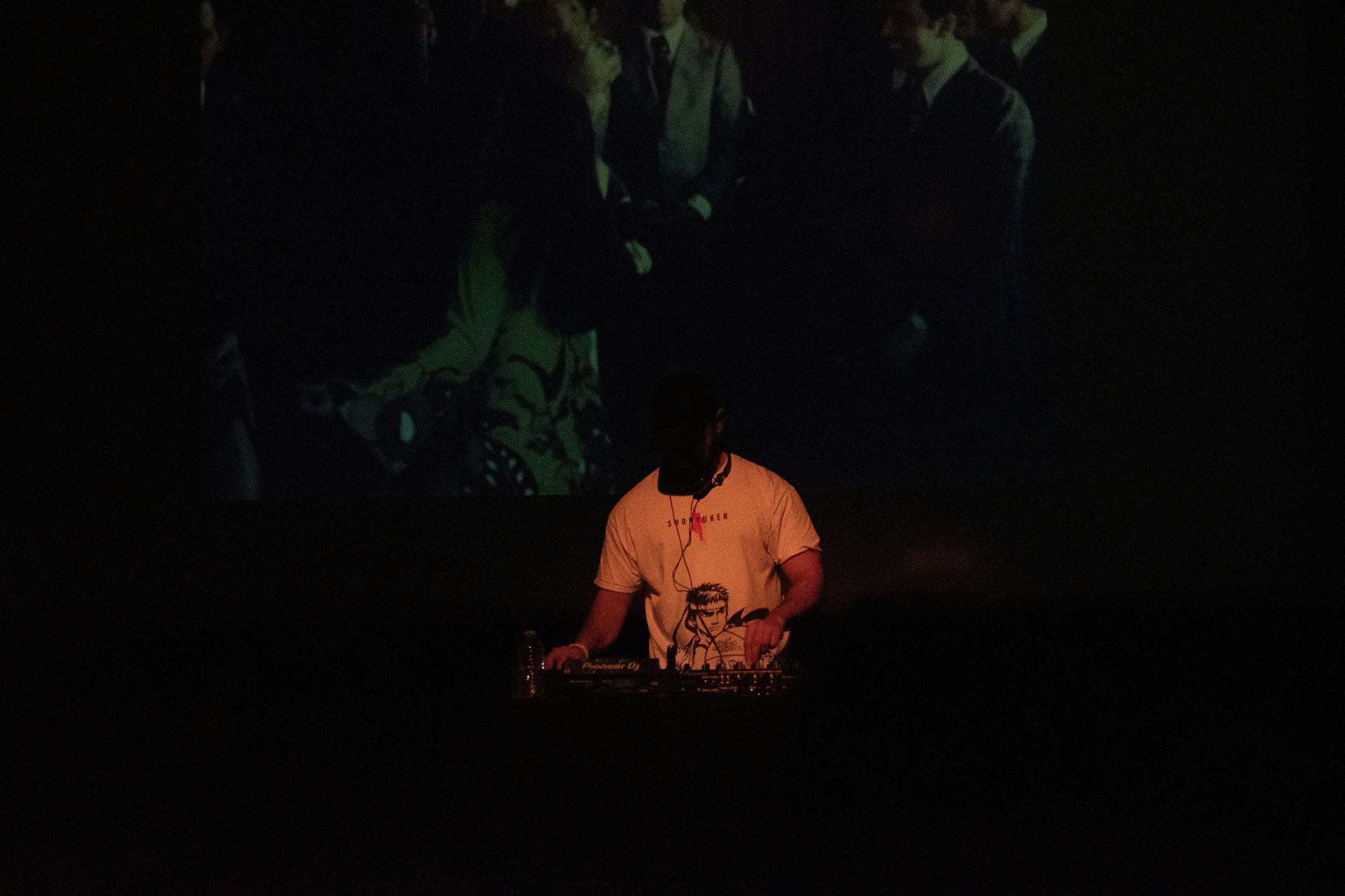
[Photo by Erin Cobby]
Songs ranged from Persian pop anthems sung by female artists whose songs are banned in Iran to classical sonati music paired with recantations of poems by Rumi to tribal bandari-and-busheri-inspired tracks from southern Iran. A particularly poignant moment of the evening was when the lyrics of rapper Toomaj Salehi, who is currently imprisoned, played out to the crowd: “Someone’s crime was that her hair was flowing in the wind. Someone’s crime was that he or she was brave and was outspoken.”
Every song, no matter how disparate, was met with enthusiasm, with the crowd revelling in traditional Iranian dancing, interspersed with group hugs and choreographed stage invasions. Overwhelmingly, it was a space of joy.
“Every single song represents what Iran should be — of what it can be outside of the tyrannical,” one member says. “They’re a gentle reminder of what we’ve lost, but also what we’re protecting.”
The songs were also chosen to reflect how hopes for Iran’s future need to be intersectional. “It was a clear sign that for Persian people, we are proud of our heritage and the union of all Persians.”
Another element that made the night so special was the continuous stream of Iranian movie clips presiding over the space from behind the DJ decks. This, combined with the music, formed a massive part of the night’s messaging. “It’s not just to be nostalgic — it’s a political statement for our intention of our future,” says a member. “We will have clubs, we will dance and organize, we will have freedom of movement, and we will have an official apology from the regime for every son and daughter of Iran.”
It’s an intergenerational crowd that stands for this vision, too. Older couples span around the floor in sophisticated synchronized steps where they’re joined by groups in their 20s, moving in a way that wouldn’t have been out of step in any London hip-hop club.
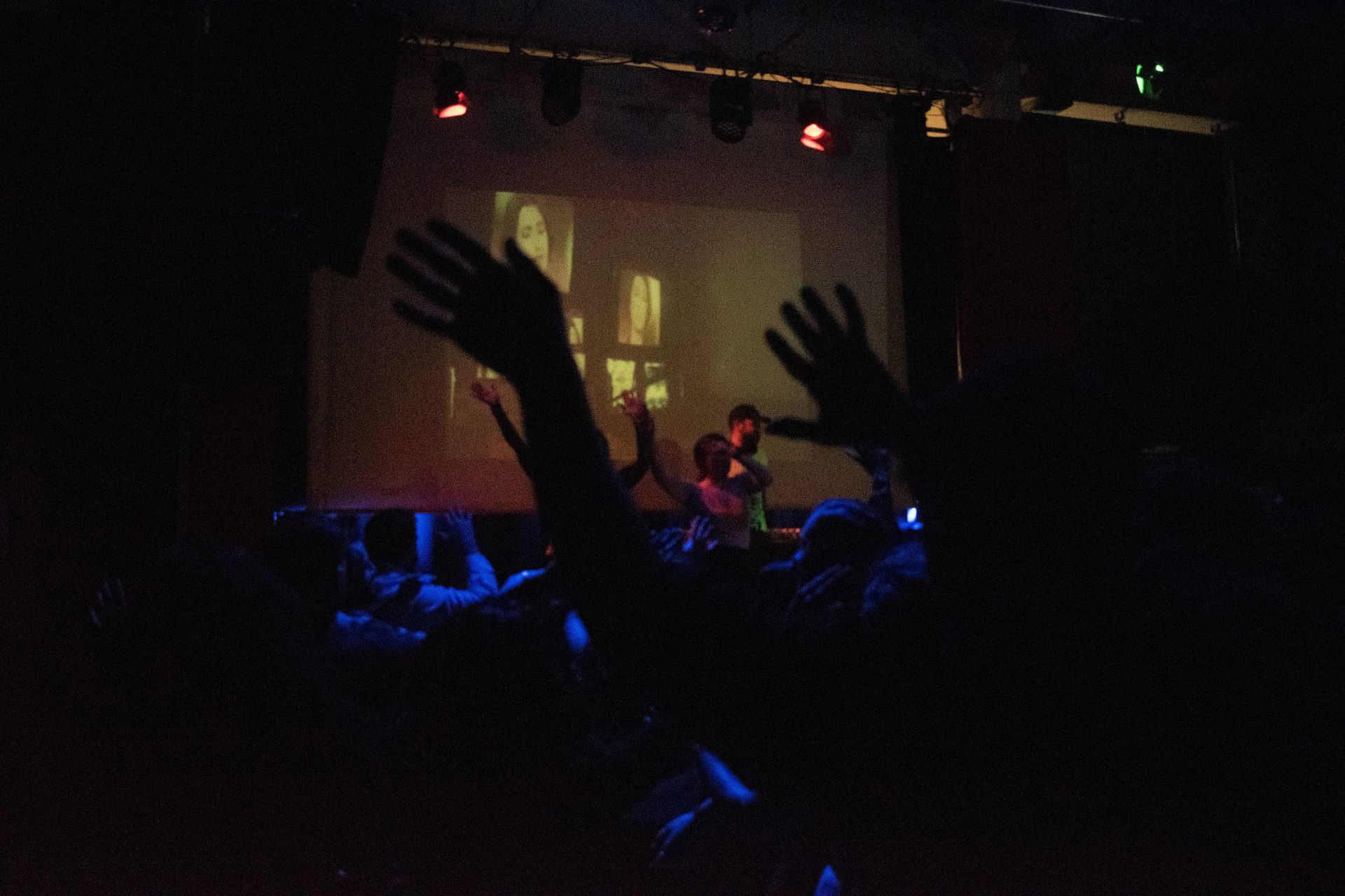
[Photo by Erin Cobby]
“Young people need to see older people living their lives,” says one member. “That’s the only way to counteract the terror that the news has imbued in them. What the older generation on the dancefloor signifies is that not only will this pass, but a better day will come. We can’t win the revolution without this firmly in our minds.”
This is a lesson that is continually taught — the importance of intergenerational learning forming the bedrock of many diasporic communities. “Growing up, we experienced the old guard teaching us about our culture,” they say. “What we’re doing now is teaching the next generation about their culture. There will forever be attempts to bridge that gap and make sure the younger generation knows we’ve got them, that they’re part of a community.”
This formation of community is one of the vital roles that Azadi Sedaa plays, acting as an important hub that provides essential mental health support — especially as the need for it was emphasized, following the death by suicide of Mohammad Moradi in Lyon, France late last year. “These times are probably the darkest for Iranians on record,” says Azadi Sedaa. “All we want to do is mobilize our communities, wherever they are.”
“Since the beginning of time, the Islamic republic has tried to stop us from being merry, to stop us from drinking wine, to stop us from reciting poetry,” they say. “All they’re capable of is hating, so we need to make sure that we carry on loving. The day we stop dancing and being joyous is the day that they win. And we’re never going to let them win.”
One of Salehi’s tracks played to end the night, mixed with a “Gol-e Yakh” by Kourosh Yaghmaei, an Iranian ’70s psychedelic funk singer who has inspired countless groups, including the Beatles and Khruangbin, and was sampled by Nas. This finishing mix provided the perfect vehicle for the message of the evening — that the key for reimagining Iran’s future lies both in its current struggle and its inspiring past.
